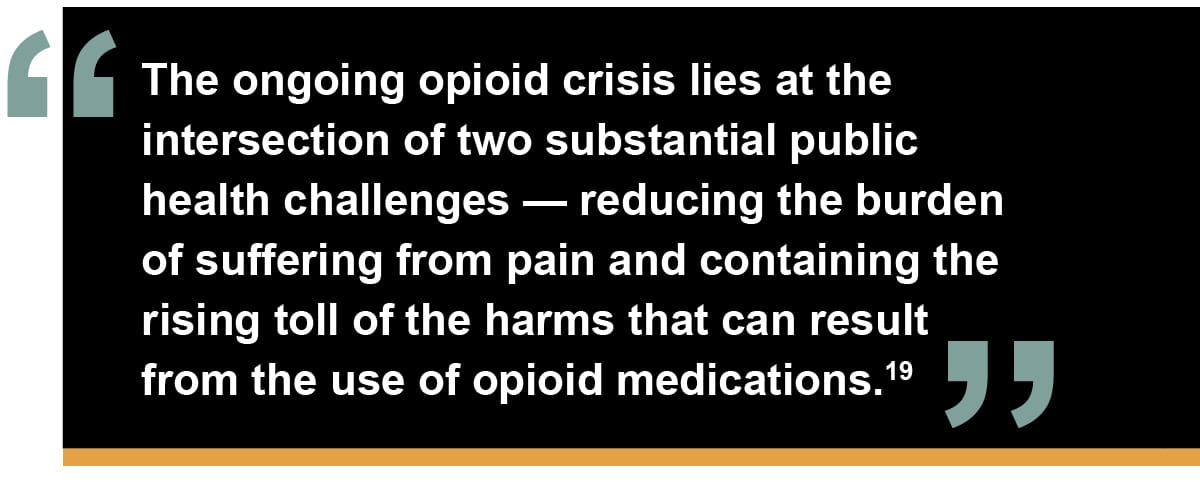 In recent years, the United States has been gripped by a devastating epidemic of opioid misuse, addiction, and overdose deaths. This complex public health crisis has exacted a profound toll on individuals, families, and communities across the nation, highlighting the urgent need for comprehensive strategies to combat opioid misuse and prevent further harm. In this comprehensive examination, we delve into the multifaceted dimensions of the opioid epidemic, exploring its origins, impacts, and potential solutions to mitigate its devastating effects.
In recent years, the United States has been gripped by a devastating epidemic of opioid misuse, addiction, and overdose deaths. This complex public health crisis has exacted a profound toll on individuals, families, and communities across the nation, highlighting the urgent need for comprehensive strategies to combat opioid misuse and prevent further harm. In this comprehensive examination, we delve into the multifaceted dimensions of the opioid epidemic, exploring its origins, impacts, and potential solutions to mitigate its devastating effects.
Unraveling the Crisis: Origins and Contributing Factors
The roots of the opioid epidemic can be traced back to a convergence of factors spanning healthcare, economics, and social dynamics. Key contributors include:
Overprescribing: The widespread prescribing of opioid pain medications, fueled by aggressive marketing campaigns and a prevailing belief in the safety and efficacy of opioids for pain management, contributed to a surge in opioid prescriptions over the past few decades. This overreliance on opioids for treating chronic pain led to increased exposure, misuse, and addiction among patients.
Pharmaceutical Industry Practices: Pharmaceutical companies played a central role in promoting the use of opioid pain medications, downplaying the risks of addiction and exaggerating the benefits of long-term opioid therapy. Marketing tactics, such as the promotion of opioids for off-label uses and the provision of financial incentives to prescribers, contributed to the overprescribing of these drugs.
Social and Economic Factors: Socioeconomic disparities, unemployment, and economic instability have been linked to higher rates of opioid misuse and addiction. Communities grappling with economic hardship and social dislocation may be more vulnerable to the lure of opioids as a means of coping with stress, trauma, and despair.
The Toll of Addiction: Impacts on Individuals and Communities
The opioid epidemic has exacted a devastating toll on individuals, families, and communities across the country, with far-reaching social, economic, and health consequences. Key impacts include:
Overdose Deaths: The rise in opioid-related overdose deaths has emerged as a leading cause of premature mortality in the United States, surpassing fatalities from motor vehicle accidents and firearms. Opioid overdoses can occur with prescription opioids, illicit opioids (such as heroin), and synthetic opioids (such as fentanyl), posing a significant public health threat.
Addiction and Dependency: Opioid addiction, characterized by compulsive drug-seeking behavior and a loss of control over drug use, can have profound physical, psychological, and social consequences for individuals. Chronic opioid use can lead to physical dependence, tolerance, withdrawal symptoms, and a cycle of escalating drug use.
Family and Social Disruption: The ripple effects of opioid addiction extend beyond individuals to families, communities, and society at large. Families may experience financial strain, emotional distress, and disruptions in caregiving responsibilities due to a loved one’s addiction. Communities may grapple with increased crime, homelessness, and strained healthcare and social service systems.
How To Prevent Cavities Naturally: EFFECTIVE STRATEGIES [2024]
NEW: Cosmetic Dentistry Insurance, What’s In and What’s Out, Important background Information[2024]
The Luxury Toothpaste Trend: Worth the Price Tag? (2024 INSIGHTS)
Hidden Costs of Oral Health Neglect and How to Avoid Them (2024)
Addressing the Crisis: Strategies for Prevention and Treatment
Addressing the opioid epidemic requires a multifaceted approach that encompasses prevention, treatment, harm reduction, and policy interventions. Key strategies include:
Prescription Drug Monitoring Programs (PDMPs): PDMPs are electronic databases that track the prescribing and dispensing of controlled substances, including opioids. These programs enable healthcare providers to identify patients at risk of opioid misuse, monitor prescribing patterns, and detect potential instances of overprescribing or doctor shopping.
Expanded Access to Medication-Assisted Treatment (MAT): MAT combines FDA-approved medications (such as methadone, buprenorphine, and naltrexone) with counseling and behavioral therapies to treat opioid use disorder (OUD). Expanding access to MAT services, including in primary care settings and correctional facilities, can improve outcomes for individuals with OUD and reduce the risk of overdose and relapse.
Harm Reduction Strategies: Harm reduction approaches, such as syringe exchange programs, naloxone distribution, and supervised consumption sites, aim to reduce the adverse consequences of opioid misuse and overdose. These interventions promote access to sterile injecting equipment, overdose reversal medications, and support services for individuals at risk of overdose and infectious diseases.
How To Prevent Cavities Naturally: EFFECTIVE STRATEGIES [2024]
The opioid epidemic represents one of the most pressing public health challenges of our time, demanding urgent action and collective efforts to address its root causes and mitigate its devastating impacts. By implementing evidence-based strategies for prevention, treatment, and harm reduction, we can stem the tide of opioid misuse, save lives, and support individuals on the path to recovery and healing. Through interdisciplinary collaboration, community engagement, and policy reform, we can build a future where access to safe, effective pain management and addiction treatment is equitable and accessible to all. The road ahead may be challenging, but with determination, compassion, and solidarity, we can overcome the opioid epidemic and create a healthier, more resilient society for generations to come.